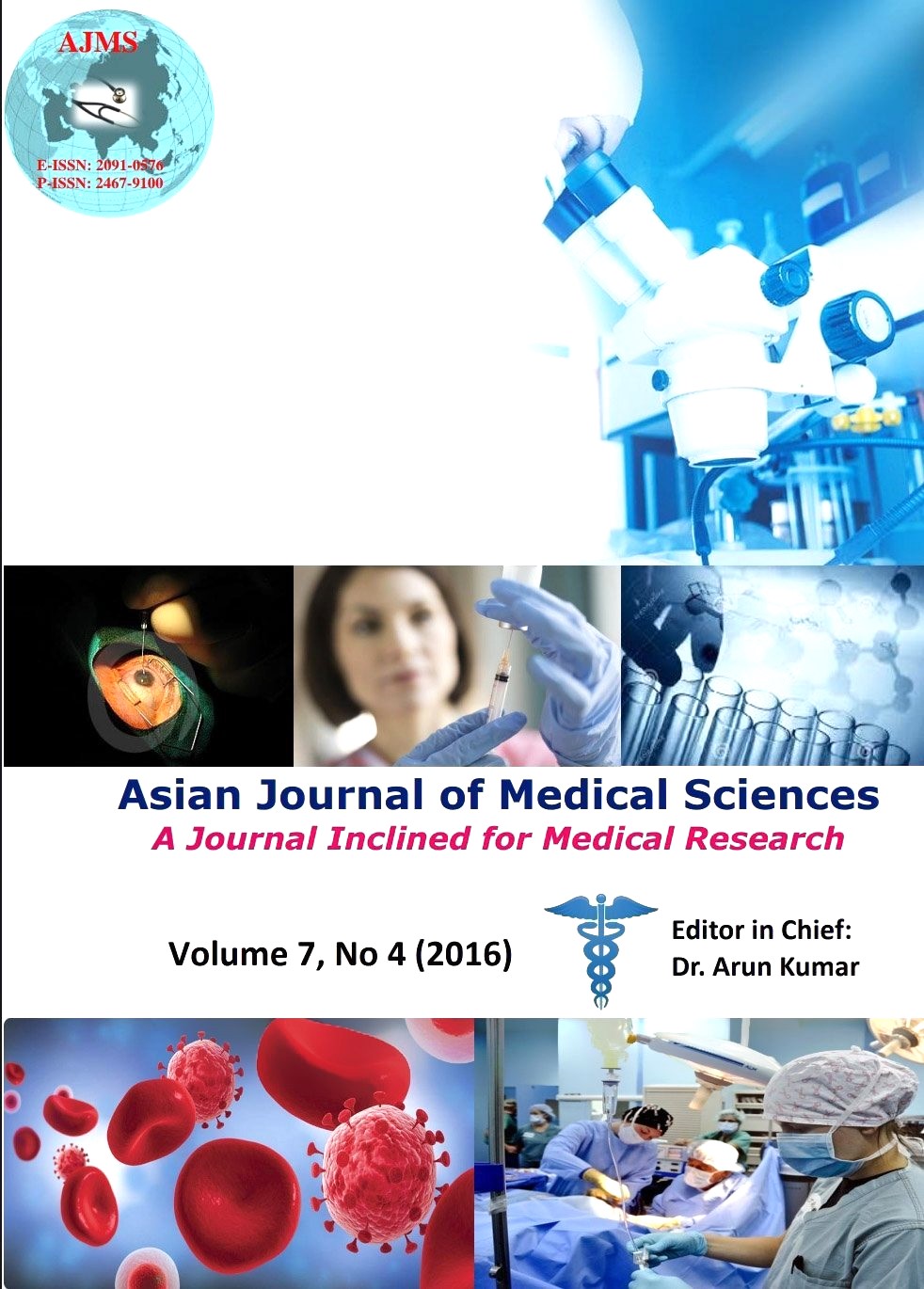Pattern of drug prescription for the treatment of falciparum malaria in a medical college in Eastern India
Keywords:
Falciparum malaria, drug prescription pattern, generic name, essential drug list, drug costAbstract
Background: Drug prescription pattern for the treatment of falciparum malaria differs widely from place to place; but there is also some intra organizational variation of prescription pattern of anti-malarial drugs for the treatment of falciparum malaria.
Aims and Objectives: The present study was planned to study the drug utilization pattern for the treatment of falciparum malaria in a tertiary care teaching hospital in eastern India.
Materials and Methods: It was a hospital based study conducted in the department of medicine among the patients admitted with confirmed diagnosis of falciparum malaria. Drugs prescribed, average number of drugs per prescription, percentage of drugs prescribed in generic name, percentage of prescription with co-prescription of antibiotics, percentage of prescription having at least an injection prescribed, percentage of drugs prescribed from essential drug list or formulary and average drug cost per prescription are the parameters studied in this study.
Results: Average number of drugs per prescription in the present study was 3.96. Artesunate and Mefloquine were the most common anti-malarial drugs prescribed among study subjects. 22.9% patients received oral Chloroquine as anti-malarial drug. 43.3% prescriptions had antibiotics co-prescribed. Only 16.9% drugs were prescribed in generic name. 85.4% of the prescribed drugs were from essential drug list. Average drug cost per patient was Rs. 282/- with minimum of Rs. 55/- and maximum of Rs. 1750/-.
Conclusion: Though Artesunate combination therapy is getting popularized gradually but a sizable proportion of patients (22.9%) were prescribed with oral Chloroquine therapy. Generic prescription of drugs should be encouraged among the physicians. Multi-centric study regarding drug prescription can give a broader picture in changing scenario.
Asian Journal of Medical Sciences Vol.7(4) 2016 80-83
Downloads
Downloads
Published
How to Cite
Issue
Section
License
Authors who publish with this journal agree to the following terms:
- The journal holds copyright and publishes the work under a Creative Commons CC-BY-NC license that permits use, distribution and reprduction in any medium, provided the original work is properly cited and is not used for commercial purposes. The journal should be recognised as the original publisher of this work.
- Authors are able to enter into separate, additional contractual arrangements for the non-exclusive distribution of the journal's published version of the work (e.g., post it to an institutional repository or publish it in a book), with an acknowledgement of its initial publication in this journal.
- Authors are permitted and encouraged to post their work online (e.g., in institutional repositories or on their website) prior to and during the submission process, as it can lead to productive exchanges, as well as earlier and greater citation of published work (See The Effect of Open Access).




